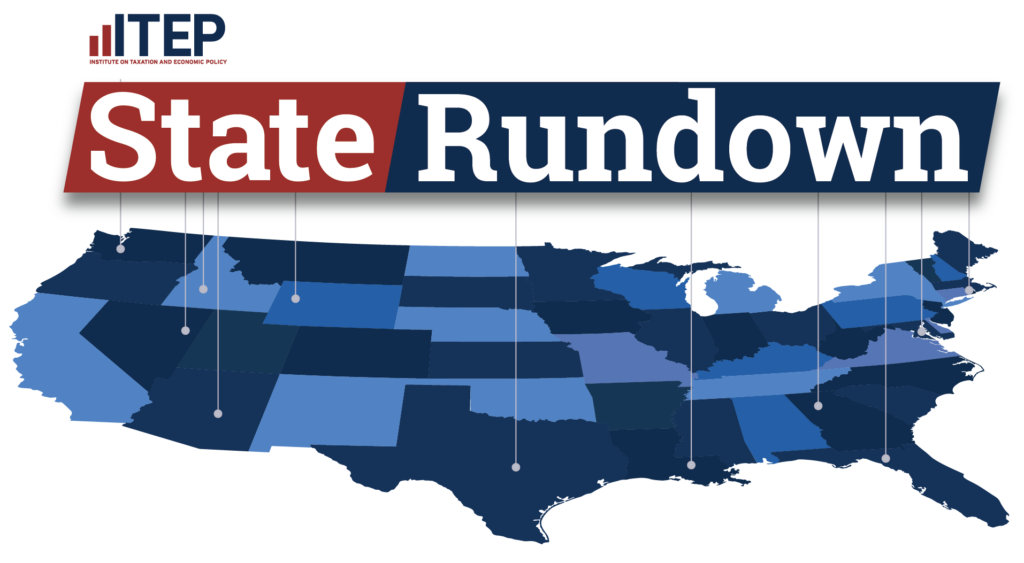State governments are facing a profound fiscal crisis. In the past year, states have grappled with mounting budgetary shortfalls, as tax revenues have slumped while spending pressures have continued to grow—and these problems will probably get even worse in the upcoming year. As state and local governments are forced to make hard decisions about how to balance their books, it is an appropriate time to look at who pays for state and local government services.
While the primary concern of lawmakers in the 2003 legislative sessions is likely to be tax adequacy (ensuring that sufficient revenue is available to fund important services), it is equally important to assess the fairness of state tax systems—both currently and as they have changed over time. This study looks at the state and local taxes paid by each income group in 2002 as shares of income for every state and the District of Columbia—and how changes in tax policy since 1989 have affected the distribution of state tax burdens.
Our primary finding is that most state and local tax systems take a much greater share of income from middle- and low-income families than from the wealthy. That is, most state tax systems are regressive.




